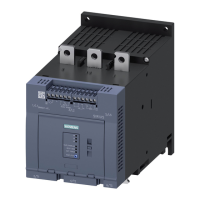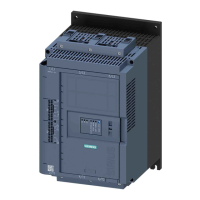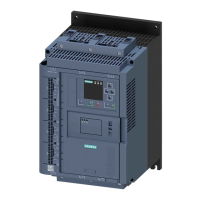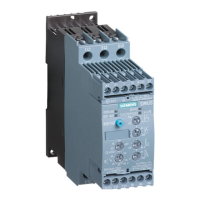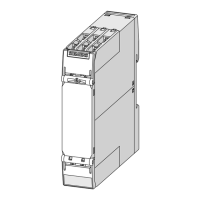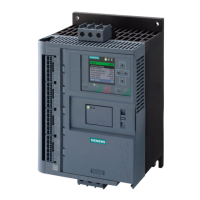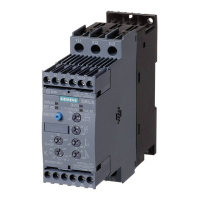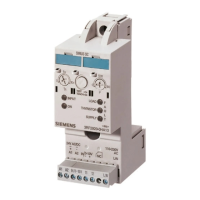Functions
3.7 System monitoring
M200D PROFIBUS/PROFINET
56 Manual, 08/2014, A5E01577426A/RS-AA/004
Emergency start NO / - n.ret./- All
• Starts the motor when an ON command is issued
despite the fact that an internal trip command is
present.
• Switches on the brake output too if an ON switching
command is present for this.
• Self-protection of the motor starter remains active
and prevents the device from being destroyed.
• Only allowed as an NO contact!
Motor CW NO / - n-ret./ret. Manual local
• The motor starter must be in "manual local" mode for
these actions.
• The device parameters of the braking operation are
evaluated.
• "Motor CW": Switches the motor and the brake
output on and off (clockwise) together.
• "Motor CCW": Switches the motor and the brake
output on and off (counter-clockwise) together.
• Only allowed as an NO contact!
The input action is triggered while the active level of
the input signal is pending.
Input trigger is deleted by the input action "Quick
group fault.
Motor CCW
(RSte/sRSSte only)
NO / - n-ret./ret. Manual local
Quick stop NO/NC n-ret./ret. All
• The motor and brake output are tripped without a
group fault.
• "Quick stop" has priority over "Motor CW" and "Motor
CCW".
The input action responds to the active edge of the
input signal. Deactivation with pending active input
signal is thus possible.
The input trigger is deleted by removal of the control
commands "Motor CW" and "Motor CCW"
Trip reset NO / - n.ret./- All
• "Trip reset" is triggered once
• Only possible as NO contact!
Cold run NO / - n.ret./- All
• Enables switch-on without main power. If the main
power supply is nevertheless present (current
flowing), an internal trip command is generated.
NO: NO contact
NC: NC contact
ret: retentive
n.ret: non-retentive (activation and deactivation of the input action follows the status of the input signal (= jog))
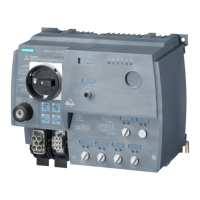
